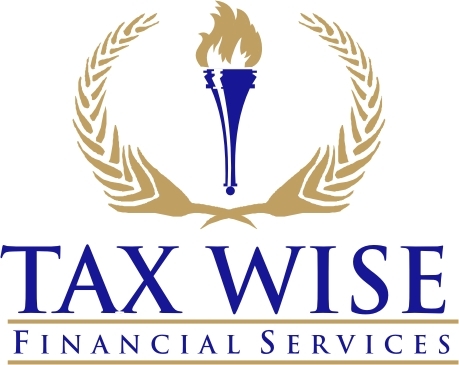
When it comes to taxes on investments, understanding the differences between long-term and short-term capital gains tax can help you make smarter financial decisions. Knowing these differences in 2025 can make a big impact on your investment strategy. In this article, we will explain what long-term vs. short-term capital gains tax means, how they are taxed, and how to minimize your taxes.
What Are Capital Gains?
First, let’s define capital gains. Capital gains are the profits you make when selling an asset, such as stocks, bonds, or real estate, for more than you paid for it. For example, if you buy a stock for $1,000 and sell it for $1,500, your capital gain is $500.
However, the IRS divides capital gains into two categories: short-term and long-term.
Short-Term Capital Gains
A short-term capital gain happens when you sell an asset that you’ve held for one year or less. These gains are taxed at the same rate as ordinary income. This means that if you are in the 22% tax bracket, you will pay 22% on your short-term capital gains.
For example, if you buy 100 shares of stock at $10 each and sell them for $15 each after six months, your profit is $500. If your income is taxed at 22%, you will pay $110 in taxes on your $500 gain.
In 2025, the tax rate on short-term capital gains could be as high as 37%, depending on your income level. So, the more you earn, the higher your tax rate could be on short-term gains.
Long-Term Capital Gains
A long-term capital gain happens when you sell an asset you’ve held for more than one year. The big difference here is that long-term capital gains are taxed at a lower rate than short-term gains. This encourages long-term investing.
In 2025, long-term capital gains are taxed at 0%, 15%, or 20%, depending on your income. Here’s how it breaks down:
- 0% tax rate: If your taxable income is under $44,625 (for single filers), your long-term capital gains may be taxed at 0%.
- 15% tax rate: If your income is between $44,625 and $492,300 (for single filers), your long-term capital gains will be taxed at 15%.
- 20% tax rate: If your income exceeds $492,300, you’ll pay 20% tax on your long-term gains.
For example, if you buy 100 shares of stock at $10 per share and sell them for $20 each after 18 months, your profit is $1,000. If your income falls into the 15% bracket in 2025, you will owe $150 in taxes on your $1,000 gain.
Key Differences Between Long-Term and Short-Term Capital Gains Tax
Here’s a simple table comparing short-term vs. long-term capital gains tax in 2025:
| Feature | Short-Term Capital Gains | Long-Term Capital Gains |
|---|---|---|
| Holding Period | 1 year or less | More than 1 year |
| Tax Rate | Same as ordinary income tax | Lower tax rate (0%, 15%, 20%) |
| Maximum Tax Rate for 2025 | Up to 37% | Up to 20% |
| Investment Encouragement | None | Encouraged by tax benefits |
Why Does the Government Use Different Tax Rates?
The government taxes long-term capital gains at a lower rate to encourage people to invest for the long term. Long-term investments tend to help stabilize markets and support businesses. When investors hold assets for longer periods, they are less likely to make emotional decisions based on market changes.
By offering lower tax rates for long-term investments, the government aims to encourage this kind of behavior. It’s important to carefully consider how long you plan to hold an investment before deciding to sell.
How to Minimize Your Capital Gains Taxes
Here are a few strategies to reduce the taxes you owe on capital gains:
- Hold Investments for Longer Than One Year
Holding onto investments for more than a year will qualify your gains for the lower long-term capital gains tax rate. - Use Tax-Advantaged Accounts
Accounts like IRAs or 401(k)s allow your investments to grow without being taxed until you withdraw the funds. This can help you save on capital gains taxes. - Tax-Loss Harvesting
Tax-loss harvesting involves selling investments that have lost value to offset some of your taxable gains. This can lower your overall tax liability. - Know Your Tax Bracket
If your income is low, you may qualify for the 0% long-term capital gains tax rate. This can allow you to sell investments without owing taxes.
Conclusion
Understanding the differences between long-term and short-term capital gains tax in 2025 is key to managing your investment strategy. Long-term gains are taxed at lower rates, while short-term gains are taxed like ordinary income. By holding investments longer, using tax-advantaged accounts, or offsetting gains with losses, you can minimize your taxes and keep more of your money.
Knowing the tax rules for long-term and short-term capital gains will help you make smarter decisions and avoid any surprises during tax season. In 2025, plan carefully, and you can reduce your tax burden while making the most of your investments.


